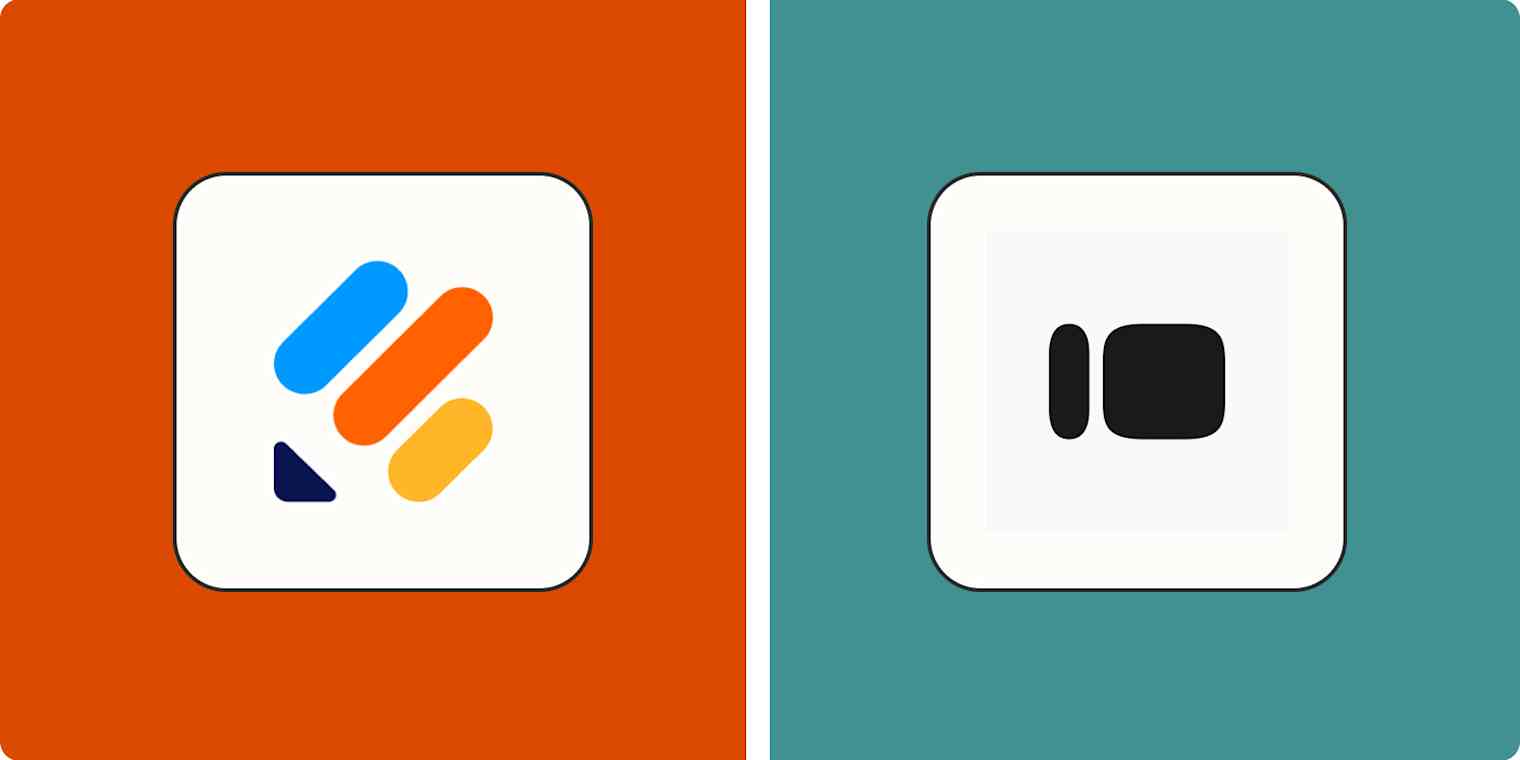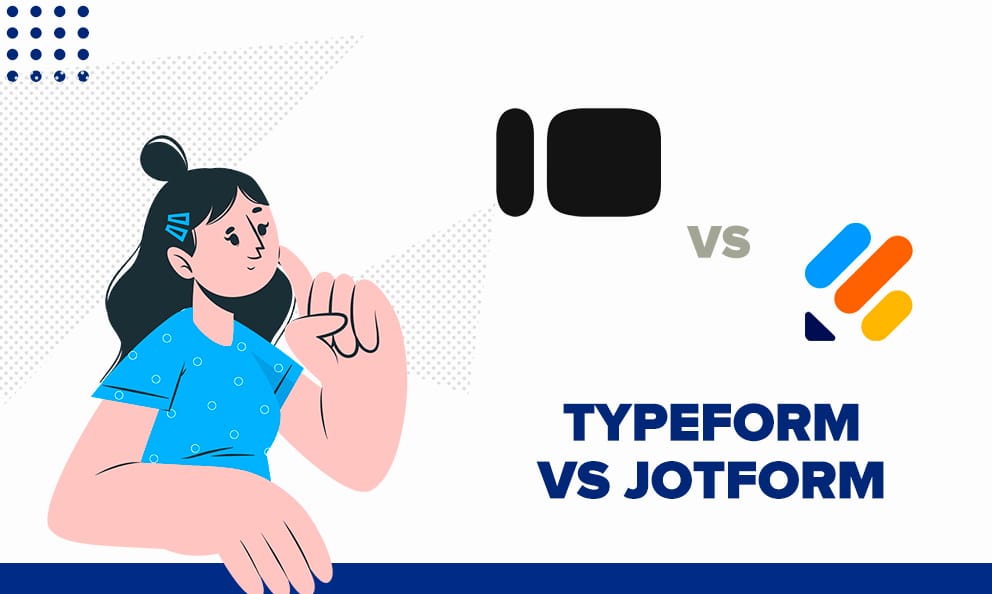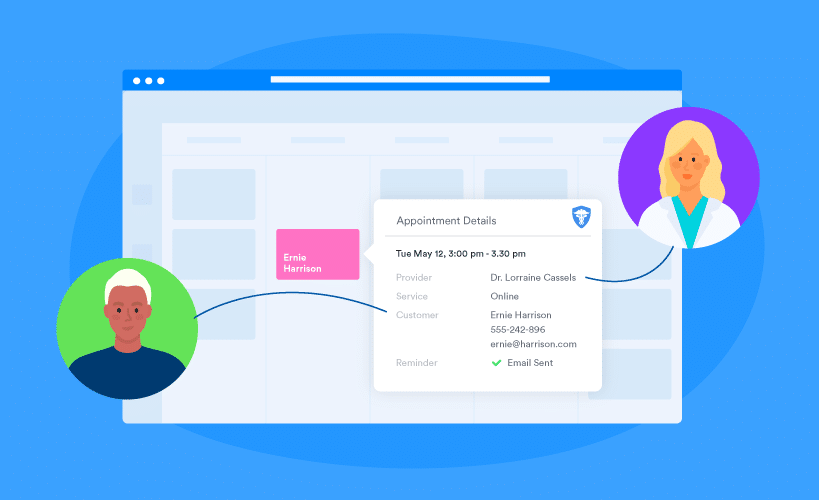Jotform and Typeform are popular form builders. Both have unique features and benefits.
Jotform Vs Typeform Which One Is The Best? Choosing the right form builder can be tricky. Jotform and Typeform each offer great tools for creating forms, but which one is the best? This comparison will help you decide. We will explore their features, ease of use, and pricing.
Understanding these aspects can save you time and effort. Whether you need forms for surveys, registrations, or feedback, this guide will help you choose the right tool. Let’s dive in and see what makes each option stand out.
User Interface
When comparing Jotform and Typeform, the user interface is a crucial factor. A well-designed interface can make form creation seamless. Let’s dive into the interface aspects of both platforms.
Ease Of Use
Both Jotform and Typeform offer user-friendly interfaces. Jotform provides a simple drag-and-drop builder. This makes form creation intuitive and quick.
Typeform focuses on a clean and minimalist design. It uses a conversational format for forms. Users find it engaging and straightforward.
- Jotform: Easy drag-and-drop functionality.
- Typeform: Clean, conversational form design.
Customization Options
Customization is key for creating unique forms. Jotform offers extensive customization options. Users can choose from a wide range of templates.
Typeform also allows customization but focuses on simplicity. Users can change colors, fonts, and backgrounds to match their brand.
| Feature | Jotform | Typeform |
|---|---|---|
| Templates | Wide variety | Limited but sleek |
| Design Flexibility | Highly customizable | Simple customization |

Credit: contentsnare.com
Form Templates
Form templates are essential for creating and customizing online forms quickly. They save time and effort, allowing users to start with a pre-designed layout. Both Jotform and Typeform offer a range of form templates. But which one stands out in terms of variety and customization? Let’s dive in and find out.
Variety And Availability
Jotform boasts an extensive library of form templates. You can find over 10,000 templates in various categories. Whether you need a contact form, registration form, or survey, Jotform has you covered. These templates cater to different industries and purposes. This makes it easy to find a suitable template for any need.
Typeform also offers a good selection of templates. Their library includes around 500 templates. Though smaller than Jotform’s, Typeform’s templates are designed with a focus on user experience. They are visually appealing and interactive, enhancing user engagement.
Template Customization
With Jotform, customization options are vast. You can tweak every element of the template. Change colors, fonts, and layout to match your brand. Jotform’s drag-and-drop builder simplifies the process. This makes it accessible even for beginners.
Typeform also provides robust customization features. You can adjust the design to fit your style. Typeform emphasizes a conversational form style. This approach makes forms more engaging and user-friendly. While Typeform’s customization is strong, it’s slightly less flexible than Jotform’s.
Features And Functionality
Choosing the right form builder can be challenging. Jotform and Typeform are two popular options. Both have unique features and functionalities. This section will discuss their core and advanced features.
Core Features
Jotform offers a drag-and-drop builder. This makes it easy to create forms. You can add different elements like text boxes, checkboxes, and dropdowns. Jotform also provides hundreds of templates. These templates help you get started quickly.
Typeform focuses on user experience. It offers a conversational form style. This means questions appear one at a time. This makes forms more engaging. Typeform also has a drag-and-drop builder. You can use templates to create forms easily.
Advanced Features
Jotform has powerful integrations. It connects with apps like Google Sheets, PayPal, and Mailchimp. Jotform also supports conditional logic. This feature shows or hides questions based on user answers. Jotform also offers form analytics. This helps you track form performance.
Typeform also has integrations with many apps. You can connect it to Slack, Salesforce, and more. Typeform supports logic jumps. This feature directs users based on their answers. Typeform also provides analytics. You can see how users interact with your forms.
Integration Capabilities
When choosing between Jotform and Typeform, integration capabilities are a crucial factor. Both platforms offer various tools to connect with third-party apps, providing flexibility and enhancing their functionalities. In this section, we will compare their integration capabilities by examining third-party integrations and API access.
Third-party Integrations
Jotform boasts a wide range of integrations with popular services. Users can easily connect their forms with apps like Google Sheets, PayPal, and Slack. This allows for seamless data transfer and automation of workflows. Jotform’s integration library includes:
- Payment processors (PayPal, Stripe, Square)
- Email marketing tools (Mailchimp, Constant Contact)
- CRM systems (Salesforce, HubSpot)
- Project management tools (Trello, Asana)
Typeform also offers robust integration options. It connects with various third-party apps, enabling users to streamline their processes. Integration options include:
- Payment gateways (Stripe, PayPal)
- Email marketing platforms (Mailchimp, ActiveCampaign)
- CRM systems (Pipedrive, Salesforce)
- Project management tools (Trello, Monday.com)
| Integration Type | Jotform | Typeform |
|---|---|---|
| Payment Processors | PayPal, Stripe, Square | Stripe, PayPal |
| Email Marketing | Mailchimp, Constant Contact | Mailchimp, ActiveCampaign |
| CRM Systems | Salesforce, HubSpot | Pipedrive, Salesforce |
| Project Management | Trello, Asana | Trello, Monday.com |
Api Access
Jotform provides a comprehensive API that developers can use to build custom integrations. This API allows you to create, retrieve, update, and delete forms and submissions. It is well-documented and supports a wide range of functions. Key features include:
- Creating forms programmatically
- Fetching submission data
- Updating form settings
- Managing user accounts
Typeform also offers a powerful API. It enables developers to interact with forms and responses. The Typeform API allows you to create custom workflows and automate tasks efficiently. Key features include:
- Creating and managing forms
- Fetching response data
- Embedding forms into applications
- Customizing form behaviors
Both Jotform and Typeform provide excellent integration capabilities. They allow users to connect with various apps and extend their functionalities.
Pricing Plans
Choosing between Jotform and Typeform depends on various factors, including pricing plans. Both platforms offer different tiers to cater to various needs. Let’s explore the pricing plans of each platform to help you make an informed decision.
Free Versions
Jotform provides a free plan that includes up to five forms. Users can receive 100 submissions per month. This plan also offers 100 MB of storage space. It’s a good starting point for individuals or small businesses.
Typeform also offers a free plan but with more limitations. Users can create up to three forms. The free plan allows up to 10 questions per form and 100 responses per month. This may be limiting for larger projects.
Paid Plans
Jotform’s paid plans start with the Bronze package at $24 per month. This plan offers more forms, submissions, and storage. The Silver plan costs $29 per month and includes HIPAA compliance. The Gold plan, priced at $79 per month, offers the highest limits and features.
Typeform’s paid plans start with the Basic plan at $25 per month. This plan includes unlimited questions and 100 responses per month. The Plus plan costs $50 per month, offering 1,000 responses. The Business plan, at $83 per month, provides 10,000 responses and additional features.
Both Jotform and Typeform offer annual billing options, which can reduce the monthly cost. Choose the plan that best suits your needs and budget.
Customer Support
Customer support is essential for any online service. Users need help to resolve issues quickly. Both Jotform and Typeform offer customer support. Let’s see how they compare.
Support Channels
Jotform provides multiple support channels. You can reach them via email, live chat, and support forum. They also offer a comprehensive help center with articles and guides.
Typeform also offers various support channels. Users can contact them through email and live chat. They have a help center with detailed articles and tutorials. They also provide community support forums.
Response Time
Jotform aims to respond to queries within 24 hours. Their live chat feature often provides quicker responses. Users find their support team helpful and responsive.
Typeform also strives to respond within 24 hours. Their live chat service is known for prompt replies. Users appreciate their support team’s efficiency and helpfulness.
Pros And Cons
Choosing between Jotform and Typeform can be a tough decision. Both platforms offer unique strengths and weaknesses. Understanding their pros and cons can help you pick the right tool for your needs.
Strengths Of Jotform
Jotform is a versatile form-building tool with many strengths. Here are some of the key advantages:
- Easy to Use: Jotform has a user-friendly interface. It allows you to create forms quickly.
- Customizable Templates: It provides a wide range of templates. You can customize these templates to suit your needs.
- Integrations: Jotform integrates with many third-party applications. This includes Google Sheets, PayPal, and Slack.
- Advanced Features: It offers advanced features such as conditional logic and payment collection.
- Cost-Effective: Jotform offers a free plan with basic features. Paid plans are also affordable.
Strengths Of Typeform
Typeform is known for its engaging and interactive forms. Here are some of its strengths:
- Interactive Design: Typeform’s forms are visually appealing and interactive. This keeps users engaged.
- Logic Jumps: It offers logic jumps. This allows you to create personalized forms based on user responses.
- Integration Options: Typeform integrates with various services such as Zapier, Google Sheets, and Mailchimp.
- Data Analysis: It provides robust data analysis tools. These tools help you understand form responses better.
- Responsive Design: Typeform forms work well on both desktop and mobile devices.

Credit: zapier.com

Credit: www.questionpro.com
Frequently Asked Questions
What Are The Main Differences Between Jotform And Typeform?
Jotform offers more customizable templates and integrations. Typeform focuses on interactive, conversational forms. Both have unique strengths.
Which Is Easier To Use, Jotform Or Typeform?
Jotform has a more traditional interface. Typeform is designed for ease-of-use with a conversational style.
Can I Integrate Jotform And Typeform With Other Tools?
Yes, both Jotform and Typeform offer numerous integrations. You can connect them with various apps and services.
Are Jotform And Typeform Mobile-friendly?
Yes, both Jotform and Typeform are mobile-friendly. They ensure forms are responsive and work well on mobile devices.
Conclusion
Choosing between Jotform and Typeform depends on your specific needs. Both offer unique features. Jotform excels in customization and integrations. Typeform stands out with its engaging design. Consider your priorities. Ease of use? Advanced features? Either way, both tools are powerful.
Evaluate what fits best for your tasks. Then, make an informed decision. Happy form building!





